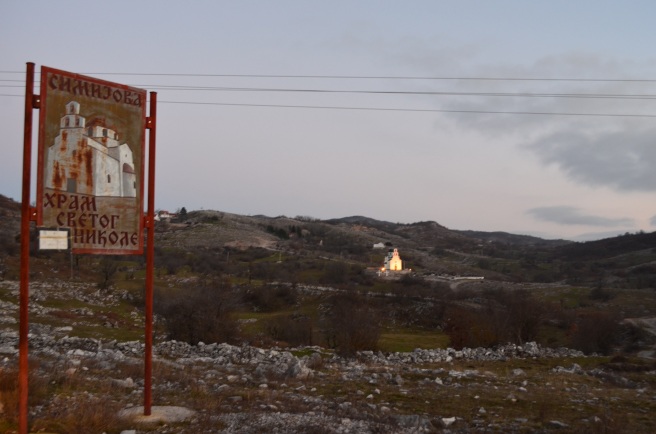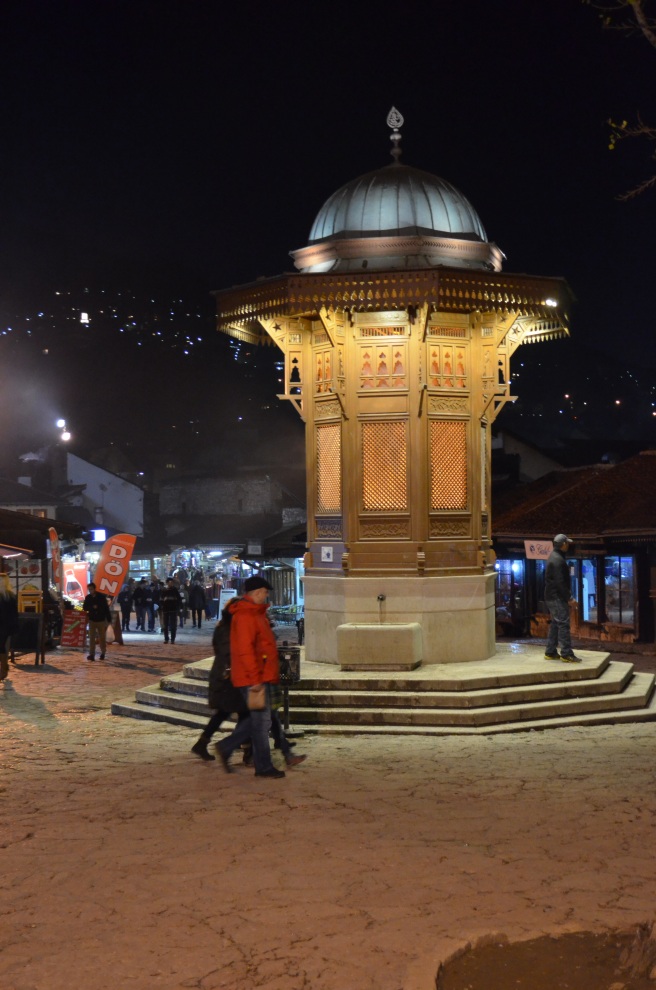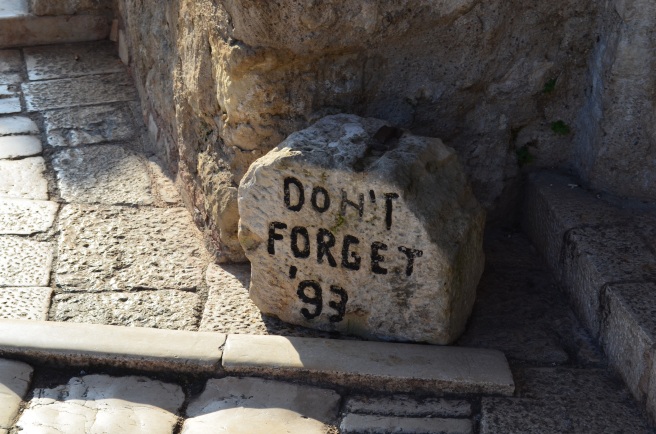Winding through what seemed like never ending mountains, the twists and turns miraculously opened to a valley of water.
What lay in front of us was the Bay of Kotor, one of Montenegro’s most popular vacation spots. Hitting the old town of Kotor in off season (this is a beach resort town), we felt like we had the place all to ourselves.
A maze of all pedestrian streets and independent shops, Kotor is a stunning place to see. Straight out of the Game of Thrones movie set (actually filmed in nearby city Dubrovnik), the steco rooftops and romantic streets provide a small maze to discover – although you can circle the town in about 10-15 minutes.
The old fortress walls overlook the city and provide an outlook point to the bay. We hiked up to the top for a great view and bit of exercise.
One of the great things about exploring ruins in non-western countries is the lack of fences and ‘protective’ safety nets cluttered around any high point or historical site. There is a certain freeness, yet lawlessness that is awesome but slightly worrisome at the same time…these ruins are a good example of that. Dating back to the 6th century, as well as the town, we climbed, overlooked and jumped around the stone structures.
Exiting this stunning town, we drove the coastline hitting Bar (do not bother), Budva and Sveti Stefan (do bother).
This gorgeous island turned resort is smaller than one would imagine for such a famed place. Unfortunately it was closed to visitors (yes the entire island), but no matter we still got the iconic views (and pictures) that made the place famous.
Northern Montenegro
We focused on the coastline during our trip, however, if you have the time there are several national parks that are worth the trip. Lake Skadar offers ferry rides out of Virpazar, but they start extremely early so plan a day to take the trip. Biogradska Gora and Durmitar National parks border Kosovo, BiH and Albania. The outdoor adventure industry is still picking up, however Outdoor Albania (http://www.outdooralbania.com) does treks through all 3 countries on a 12 day mountainous adventure. Not for the light hearted.
Overall Montengro is a stunning resort town with a strong economy far beyond the rest of its neighbouring countries. Nice, but not overly interesting – I would recommend going for what it famous for – beaches and a bit of outdoor water adventure.




























